When dehydrating food there are few rules we have to keep in mind.
In this post, I’m not going to list those rules. Instead, I’m going list “Not to Do” dehydrating practices.
If you don’t follow these dehydrating not-to-do lists, then I’m sure you are going to regret after finishing your dehydrating task.
1) Do Not Dry Fruits and Herbs Together
It is suggested to avoid drying fruits and herbs or veggies together, as this may give a strong smell of herbs to the fruit slices. This can spoil the flavor of your dried fruits and the dish you are going to use the fruits for.
For instance, drying broccoli along with strawberries may give them a weird herbaceous smell and also mince the taste of your strawberry frostings or cupcakes.
2) Try Drying One Family of Food at One Time
It is best and highly recommended to dry fruits and vegetable of one family together at a time.
For instance, Brassica family veggies should be dried on their own, without any other fruits or veggies put along with them in the dehydrator. This is because, if done so, the sulfur taste seeps into the other fruits and veggies imparting them a bad taste.
If tomatoes are put into the dehydrator along with hot pepper, this results in tomatoes being spicy. Same is applicable on garlic and similar veggies.
A variety of fruits can be dehydrated together; however, they should not be minced with vegetables or herbs with a strong aroma.
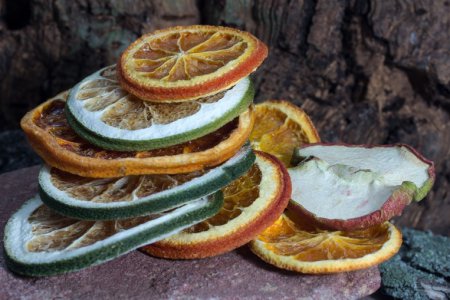
3) Do Not Dehydrate Fruits and Veggies of Different Sizes
It is ideal to ensure that the slices of fruits or vegetables being dried are of uniform size. Evenly sliced fruits vegetable pieces prevent regular monitoring as you can set the dehydrator at an appropriate temperature for a suitable time and all the sliced fruits and/or veggies will be dried at a time.
If thinly sliced fruits like apple and thick slices of bananas are dried together and are not regularly monitored, this may lead to over drying of apples or banana pieces not being dried properly and call for increasing the input drying time limit.

4) Do Not Overlap the Fruits or Vegetable Pieces:
It is very important to place the fruits/vegetable pieces carefully on the drying trays. Never overlap the fruit slices, as this will hamper the drying process, especially in the case of vertical drying, as the heat will not permeate throughout the food load uniformly.
This will defeat the main purpose of dehydrating, causing you to prolong the drying time. This is important as dehydrators typically consume high power and therefore placing the slices with sufficient distance between them, will ensure proper drying and save you from an additional effort of re-dehydrating the pieces not dried properly and also the power consumption cost.

5) Consider Blanching Before Dehydrating for Good Results
Certain or most of the vegetables and/or fruits can be blanched before putting them into the dehydrator. However, this is not mandatory, but blanching food before dehydrating helps destroy the enzymes which later cause the dried fruit/vegetable slices to deteriorate later when stored. This aids in prolonging the shelf life of the dried fruit/vegetable.
This also makes your food taste fresher if you want to rehydrate it later. Blanching is a way to pre-treat the fruits or vegetables by boiling them water for some time and then putting them in cold water.
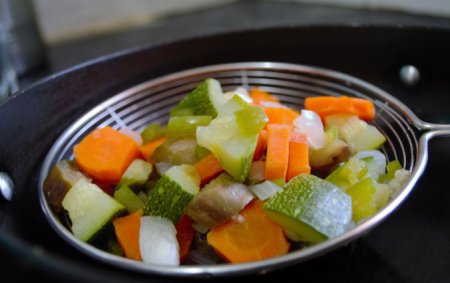
6) Do Not Operate the Dehydrator in Closed Rooms Where the Air Stagnates
Always make sure that the room is well ventilated when you are operating the dehydrator. Especially when drying vegetables with the strong aroma, for instance, onions or hot peppers.
In the case of peppers, the oil will release into the air during the start of the dehydrating process, which can cause irritation to the eye. Even onions release the strong smell and therefore good ventilation is essential.
Also, these might leave residues on the drying trays, therefore it is recommended to use the nonstick sheets when placing the slices on the stainless steel/plastic trays. This makes cleaning easier.
7) Do Not Sprinkle Lemon Juice on Veggies Like Broccoli
Lemon juice is excellent for prepping most of the food items. However, lemon juice should not be sprayed onto green leafy vegetables, broccoli etc. as the citric acid of lemon will cause the veggies to turn brown.
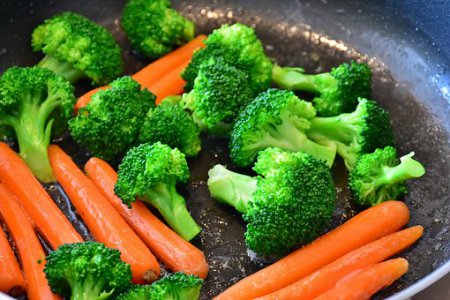
8) Do Not Use Sugar, Instead Opt of Honey Syrup
When dehydrating fruit leather, it is best to use corn or honey syrup, instead of sugar granules. When blending all the fruits, it is better to use honey over sugar granules, in the smoothie.
This is because when dehydrating the thin sheets of the leather, the granulated sugar tends to crystallize out over a period of time.
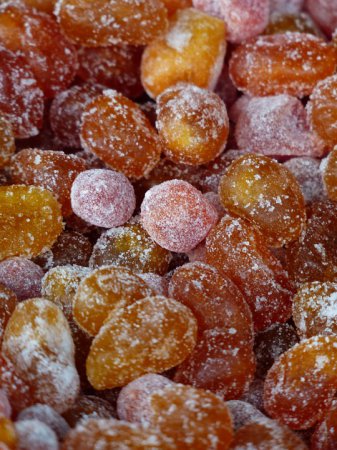
9) Do Not Dehydrate Food Marinated in Alcohol
Before dehydrating food slices marinated in alcohol double check the instruction manual for your specific dehydrator model. As many dehydrators’ instruction manuals strongly ask their customers not to use food marinated or pretreated with alcohol to be dried in the dehydrator.
10) Do Not Touch the Hot Dehydrator Parts with Bare Hands
Always use mitts to remove trays after the dehydration process is over. Never touch the dehydrator when hot. Allow it to cool down before cleaning the product. Ensure the cleaning is done with dry cloth.
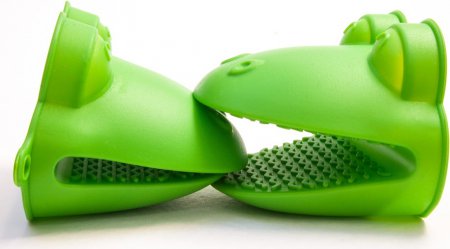
11) Do Not Store the Dehydrated Food in Open
However, the dehydrated food lasts longer as drying them reduces the chance of food spoilage by removing the moisture content because of which the microbes thrive on the food.
However, it does not completely eliminate the chances food spoilage. Therefore, it is best to store the food appropriately in sealed or airtight plastic bags or glass jars. Dehydrated food should also be checked for the development of mold, at least once a month and should be consumed as soon as possible.
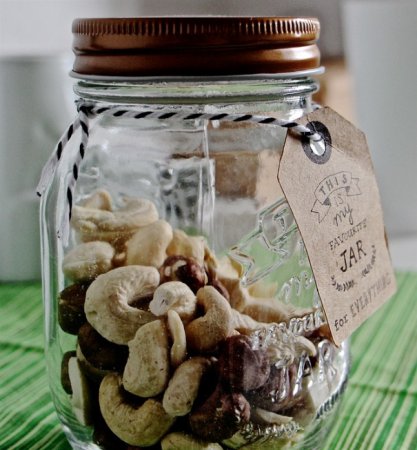
Conclusion
It is good to own your personal dehydrator and it is even better to maintain it in the best way and derive maximum benefits from this product. By following these simple yet at times overlooked hacks, you can give the best results to your dehydrated food making it tastier and preventing any unwanted changes in the appearance or flavor of the food.
This will also give your dehydrators a longer life and give you a safe and healthy dehydrating experience, which you will definitely enjoy!